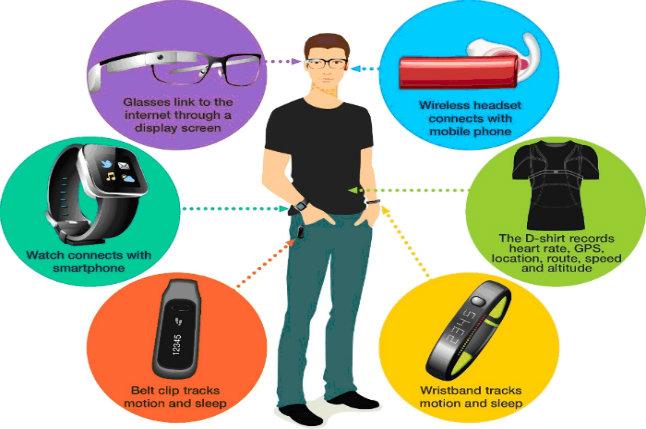
What’s in store for 2015? As the Digital-First World takes hold, the disruptors will be disrupted and technology will continue to change our lives in big ways. Here are the top technology trends that I see impacting the way we work and play in 2015.
1. Cloud becomes the new normal
The cloud will be embraced en masse in 2015 because the benefits are huge. By digitizing information-intensive processes, costs can be cut by up to 90% and turnaround times improved by several orders of magnitude. What I expect to see by year-end is a world of hybrid deployments in which some information and applications reside in the cloud and the remainder resides on premise. Data security is a top priority, and a hybrid model allows organizations to balance their workload.
2. Digitization begins the next massive displacement
Digital technologies like the Internet of Things (IoT), wearable technologies, and mobile and smart devices will force organizations to change the way they engage customers, and develop and deliver new products and services. Analytics will become ubiquitous, bringing intelligence to every process. Robotics, smart machines, and artificial intelligence (AI) will infiltrate new parts of the organization and automate positions that are repetitive and transactional in nature. In time, we could see 20 to 30 million jobs migrate or disappear.
3. New startups will mesh digital and physical
The year 2015 will be the year that we see an increasing amount of nimble startups outpacing established enterprises to bring new products to market faster. Technological advances like 5G networks, more processing power, advances in storage, and cloud and mobile computing are blurring the boundaries between the physical and the virtual—between people and their technology.
4. The world realizes the “Internet of things” is just the Internet
Everyone is buzzing about the Internet of Things (IoT). The IoT is the extension of the Internet, connecting us to millions of machines, sensors, and objects around us. The IoT will transform the world, as we know it, creating a giant, global network of devices and machines that are connected, communicating, and exchanging data. This market will see 50 billion devices connected by 2020 and a value of $14.4 trillion. Its potential impact is huge.
And while the IoT is viewed by many as a nebulous, futuristic concept, in reality, it already exists: we wear pedometers, smart watches, and cameras; our pets are microchipped; and we drive cars with built-in sensors. Thanks to the IoT, many of our everyday appliances will soon have the ability to self-monitor and communicate with a network.
5. The Chief Data Officer & Chief Digital Officer will become mainstream
To help guide the enterprise on its journey to digital transformation, two C-level roles will find themselves at the executive table: the Chief Data Officer and the Chief Digital Officer. While their roles are unique, both will focus on the strategic importance of information in a digital economy.
The Chief Digital Officer will be the executive advocate for the digital customer and will emerge to oversee both the strategy and the technology for a seamless and satisfying digital customer experience. According to Gartner, 25% of businesses will have a Chief Digital Officer by the end of 2015.

 In
In
Add new comment